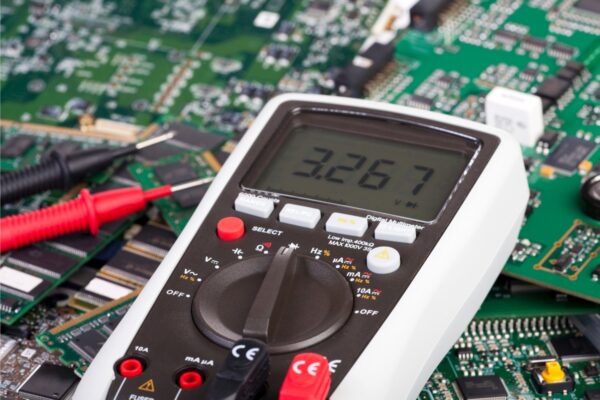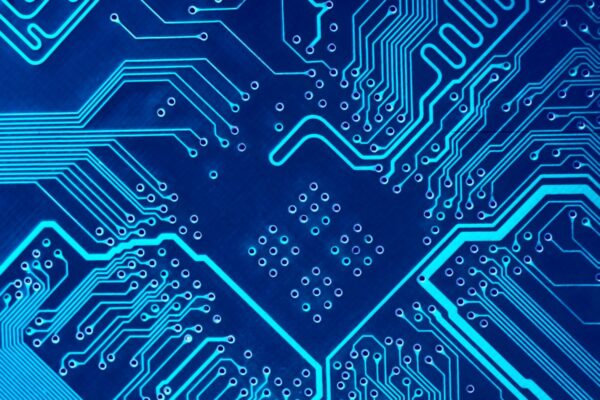What is Current Carrying Capacity
Current carrying capacity is the maximum amount of electrical current that a trace on a printed circuit board can safely handle without causing issues such as excessive temperature rise or trace failure. This parameter is crucial in PCB design as it ensures the reliable operation of the circuit.
The current carrying capacity of a trace is influenced by various factors. One important factor is the temperature rise, which refers to the increase in temperature that occurs when current flows through the trace. Higher current levels can lead to a significant temperature rise, potentially causing damage to the trace or nearby components. Therefore, the current carrying capacity needs to be determined based on acceptable temperature rise limits.
The cross-sectional area of the trace also plays a significant role in determining its current carrying capacity. A wider trace offers lower resistance, allowing more current to flow through without significant voltage drops or excessive heating. Therefore, the trace width needs to be appropriately sized to ensure that it can handle the required current without issues.
Other elements on the PCB can also affect the current carrying capacity. The presence of multiple pads, vias, and components can increase the capacity of the tinning trace, which is a type of trace with a higher current carrying capability. Neglecting this factor may result in using too much solder, leading to transient surges or even trace burnout. The geometry and layout of the trace also need to be considered. Traces with acute angles can affect the smoothness of current transfer, potentially reducing the effective current carrying capacity. Therefore, the trace’s geometry should be optimized to ensure optimal current flow. External factors such as dust or contaminant pollution can also impact the current carrying capacity. Pollution can cause partial trace breakage, which can further reduce the capacity. Therefore, maintaining a clean environment and protecting the PCB from contaminants is important to avoid such issues. Lastly, having a narrow margin between the actual current being carried and the maximum current carrying capacity can lead to problems. It is important to have an appropriate safety margin to ensure reliable operation and prevent potential failures.





